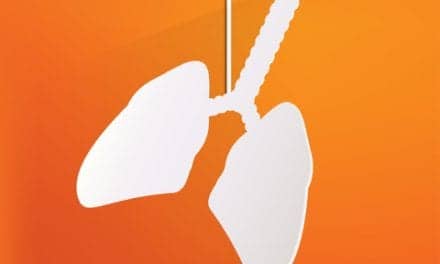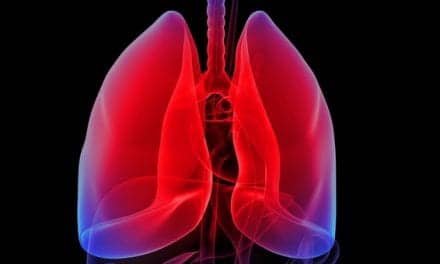Reversing historical patterns, new research shows higher lung cancer incidence in women than in men has not only continued in adults younger than 50 years but now extends to women 50 to 54 years of age in the United States.
The findings, led by researchers at the American Cancer Society, are published today in the Journal of the American Medical Association (JAMA) Oncology.
For this cross-sectional study, researchers analyzed population-based incidence data on lung and bronchus cancers diagnosed from 2000 to 2019 from the National Cancer Institute’s Surveillance, Epidemiology, and End Results program, covering nearly 50% of the US population. Cases were categorized by sex and age in five-year increments and year of diagnosis.
The study results showed the declines in lung cancer incidence rates between 2000-2004 and 2015-2019 were greater in men than women, leading to higher incidence in women aged 35-54 years. Among individuals aged 50-54 years, for example, the rate per 100,000 person-years decreased by 44% in men compared to 20% in women.
As a result, the female-to-male incidence rate ratio increased from 0.73 during 2000-2004 to 1.05 during 2015-2019. Among individuals aged 55 years or older, however, incidence rates continued to be lower in women, although differences became increasingly smaller. Among persons aged 70 to 74 years, for example, the female-to-male incidence rate ratio increased from 0.62 during 2000-2004 to 0.81 during 2015-2019.
“These findings are very concerning,” says Ahmedin Jemal, PhD, senior vice president of surveillance and health equity science at the American Cancer Society and lead author of the paper, in a release. “We don’t know why lung cancer incidence rates among younger and middle-aged individuals are now higher in women than men, reversing the historical pattern. Cigarette smoking prevalence, the major risk factor for lung cancer in the United States, is not higher in younger women than younger men, as are other established risk factors such as occupational exposures.”
He adds in the release, “Lung cancer is still the leading cause of cancer death in the US with 80% of cases and deaths caused by cigarette smoking. To mitigate the high burden of the disease in young and middle-aged women, greater effort is needed to promote tobacco cessation at provider and community levels, improve access to tobacco cessation aids and programs through expansion of Medicaid, and increase lung cancer screening in eligible women. Also, further research is needed to shed light on the reasons for the higher lung cancer incidence in younger and middle-aged women.”
The American Cancer Society’s advocacy affiliate, the American Cancer Society Cancer Action Network, continues to advocate for access to lung cancer screenings.
“This research further amplifies the critical need for reducing all barriers to access to care to ensure that women are able to immediately address any symptoms as well as access preventive and early detection screenings at no cost,” says Lisa Lacasse, president of American Cancer Society Cancer Action Network, in a release. “By removing barriers to screenings and adequately funding federal and state tobacco control programs, lawmakers can decrease lung cancer deaths and help end cancer as we know it, for everyone.”
Photo 145146925 © motortion | Dreamstime.com










